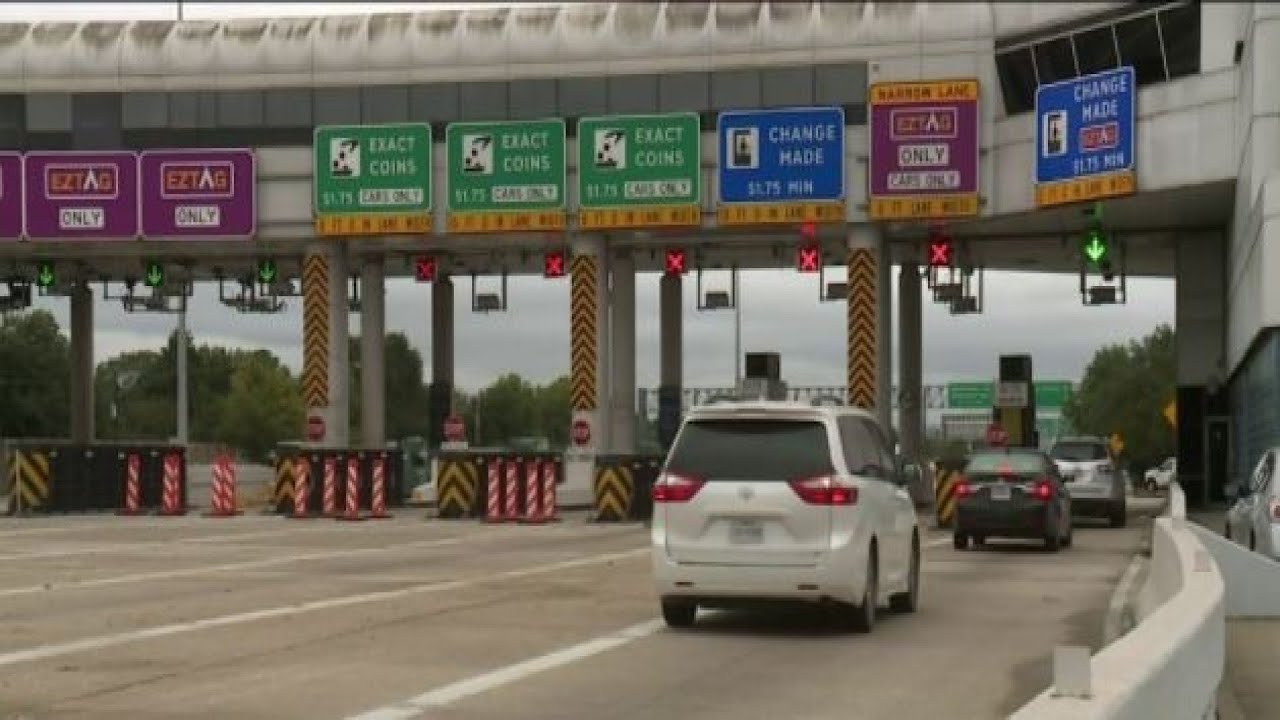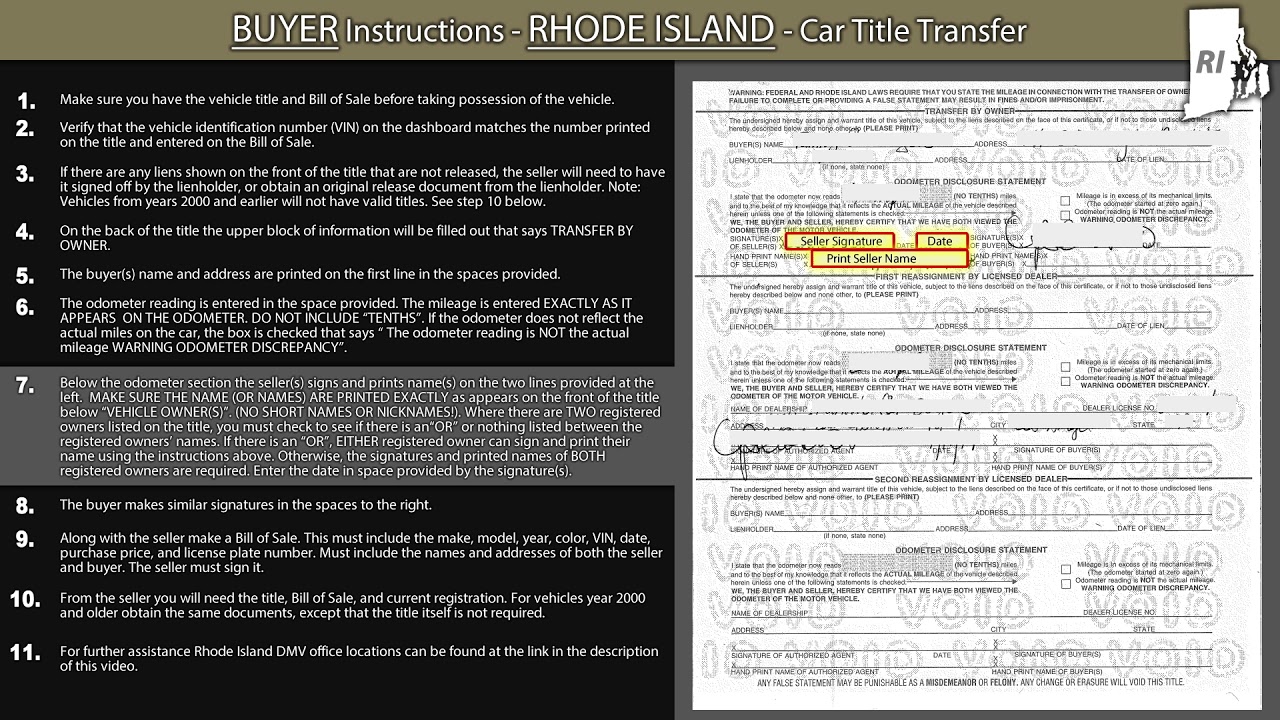Overview of Rhode Island’s Toll Roads
Rhode Island, the smallest state in the United States, does indeed have toll roads. These toll roads serve as a means of funding transportation infrastructure projects and ensuring the maintenance of Rhode Island’s roads and bridges. Toll revenue is used to finance the construction, operation, and maintenance of these vital transportation links.
History of Toll Roads in Rhode Island
Toll roads have a long history in Rhode Island, dating back to the early 19th century. The first toll road in the state, known as the Providence and Norwich Turnpike, was established in 1807. Over the years, additional toll roads were introduced, often following popular travel routes. However, with the advent of the gasoline tax in the 1920s, toll roads gradually fell out of favor.
How Rhode Island Toll Roads Operate
Currently, Rhode Island has a single toll road, the Rhode Island Turnpike and Bridge Authority (RITBA). RITBA manages the state’s only tolled bridge, the Newport Pell Bridge, which connects Newport with Jamestown. The tolls collected on the bridge are used to fund its maintenance and improvement, ensuring safe passage for thousands of daily commuters and visitors.
Toll Rates and Payment Methods in Rhode Island
The toll rates on the Newport Pell Bridge vary depending on the type of vehicle. Passenger cars are charged $4.00, while commercial vehicles pay a higher rate based on weight and the number of axles. Toll payments can be made in cash at toll booths or electronically through the E-ZPass system, which offers a convenient and efficient way for drivers to pay their tolls without the need to stop.
Benefits and Drawbacks of Rhode Island Toll Roads
Toll roads in Rhode Island have both advantages and disadvantages. On one hand, toll revenue helps fund much-needed infrastructure projects, reducing the burden on taxpayers. Moreover, toll roads can help manage traffic flow and reduce congestion. On the other hand, tolls can be seen as an additional cost for drivers and may divert traffic to alternative routes, impacting local communities.
Impact of Toll Roads on Rhode Island’s Economy
The toll road system in Rhode Island plays a crucial role in supporting the state’s economy. The revenue generated from tolls contributes to the maintenance and improvement of infrastructure, ensuring efficient transportation for residents and businesses. Additionally, toll road projects create jobs and stimulate economic growth by attracting investment and enhancing connectivity with neighboring states.
Toll Road Projects in Rhode Island
Rhode Island has plans to implement additional toll roads in the future. The Rhode Island Department of Transportation (RIDOT) has proposed the construction of truck-only toll gantries to fund the repair and replacement of deteriorating bridges. This initiative aims to address the funding gap and enhance the safety and reliability of the state’s transportation network.
Future of Toll Roads in Rhode Island
The future of toll roads in Rhode Island is likely to involve expansion and modernization. As the state grapples with aging infrastructure and limited financial resources, toll roads offer a viable solution to fund necessary repairs and upgrades. With ongoing discussions and projects in the pipeline, Rhode Island’s toll road system is expected to evolve to meet the growing demands of the state’s residents and visitors.
Toll Road Safety Measures in Rhode Island
Ensuring the safety of motorists on Rhode Island’s toll roads is of paramount importance. RITBA and other toll road authorities in the state have implemented various safety measures, including regular inspections of toll booths and bridges, maintenance of clear signage, and enforcement of speed limits. These measures help to minimize accidents and maintain the smooth flow of traffic.
Toll Road Etiquette for Rhode Island Drivers
When using toll roads in Rhode Island, drivers are expected to adhere to certain etiquette. It is important to approach toll booths at a safe speed, follow the designated lanes, and have the correct toll ready. Drivers should also be prepared to stop and interact with toll booth operators if paying in cash. By observing these guidelines, drivers can help ensure a safe and efficient experience for themselves and others using the toll road system.
Tips for Navigating Rhode Island’s Toll Roads
To navigate Rhode Island’s toll roads smoothly, it is advisable to familiarize yourself with the toll rates and payment methods in advance. If using the Newport Pell Bridge, consider obtaining an E-ZPass for a faster and more convenient payment experience. Additionally, allow sufficient time for possible traffic congestion near toll booths, especially during peak travel hours. By planning ahead and being aware of the toll road system, drivers can make their journeys in Rhode Island hassle-free.





